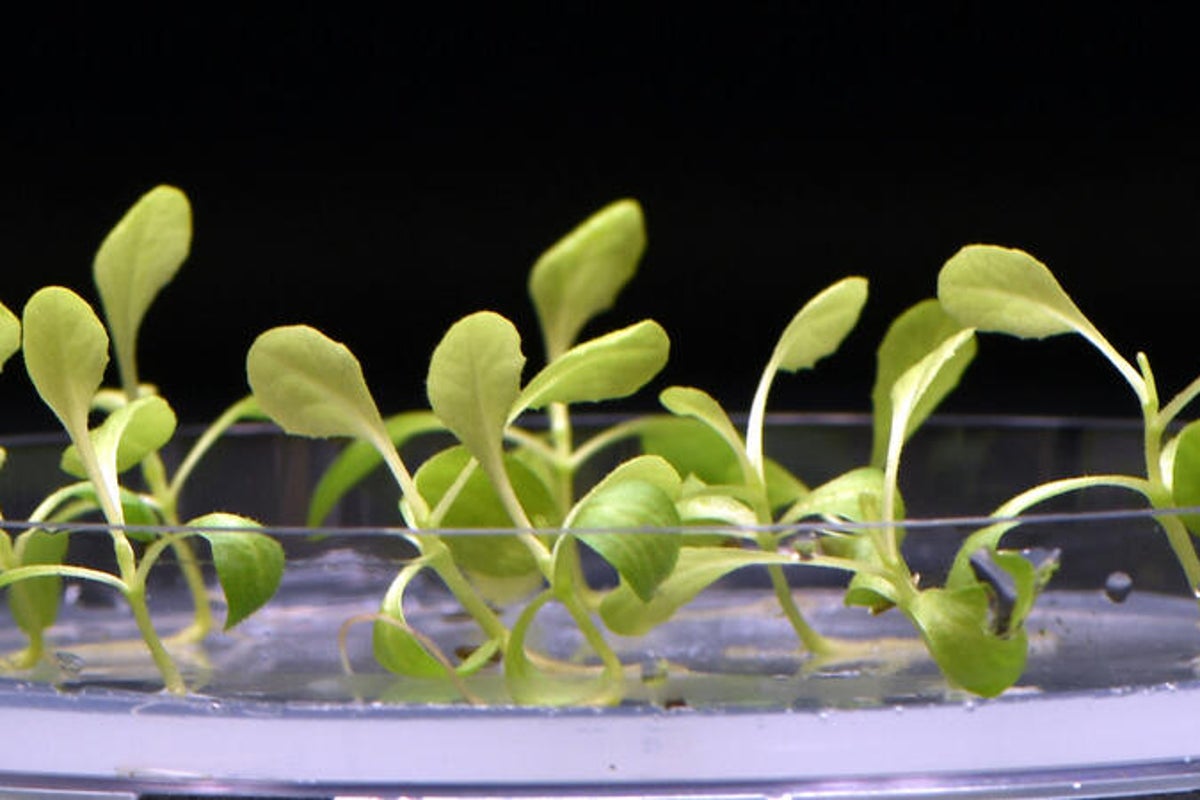Turning sunlight directly into fuel has come closer to reality after scientists developed a molecule that can hold enough energy to mimic the way plants capture light.
The discovery addresses one of the biggest obstacles to artificial photosynthesis – a technology long seen as a potential source of carbon-neutral fuels.
Unlike conventional renewables, which generate electricity, artificial photosynthesis would make fuels that can be stored and used in ships, planes and heavy industry – sectors that are difficult to electrify.
The breakthrough study, published by a team at the University of Basel, shows how a specially designed molecule can store four charges of energy from light – two positive and two negative – in a stable state. Storing multiple charges is essential because most fuel-making reactions, such as splitting water into hydrogen and oxygen, require more than one electron at a time.
Until now, attempts to replicate photosynthesis in the lab have relied on intense laser light far stronger than natural sunlight. The new molecule can hold multiple charges under much dimmer conditions, close to those found outdoors, and keep them stable long enough to be used in chemical reactions such as splitting water into hydrogen and oxygen.
The molecule is built from five connected parts, each with a role. Two units on one side release electrons, becoming positively charged. Two on the other side absorb electrons, becoming negatively charged. In the centre sits a light-absorbing unit that kickstarts the process. After two exposures to light, the molecule holds two positive and two negative charges – effectively bottling solar energy in a chemical form.
“This stepwise excitation makes it possible to use significantly dimmer light. As a result, we are already moving close to the intensity of sunlight,” said doctoral student Mathis Brändlin, lead author of the study in Nature Chemistry.

It doesn’t mean the researchers have created a functioning artificial photosynthesis system, but professor Oliver Wenger, his supervisor, said “we have identified and implemented an important piece of the puzzle”.
Artificial photosynthesis has been described as the holy grail of clean energy because it would create carbon-neutral fuels. Unlike batteries, which are heavy and expensive to store at scale, liquid fuels could be used in ships, planes and heavy industry where electrification is difficult. They could also be shipped worldwide through existing infrastructure, offering an alternative to fossil fuels that does not add new carbon to the atmosphere.
Burning them would release only as much carbon dioxide as was absorbed to produce them, effectively closing the loop. It could also solve the intermittency problem of renewables – storing solar power in liquid form for use when the sun is not shining.
So far pilot projects in Europe, Japan and the United States mostly remain confined to labs or small test sites, although many have demonstrated some progress.
Japan has invested heavily in photocatalyst research as part of its hydrogen strategy, while the European Union has funded “Sun-to-Liquid” projects aimed at producing jet fuel from sunlight. US laboratories have developed prototypes for solar-driven hydrogen production. But scaling up has proved difficult, both because of efficiency losses and the cost of materials.
With global demand for energy still rising, and fossil fuels remaining dominant in sectors like aviation and shipping, researchers say the need for storable, carbon-neutral fuels is urgent.
“We hope that this will help us contribute to new prospects for a sustainable energy future,” Mr Wenger said.
